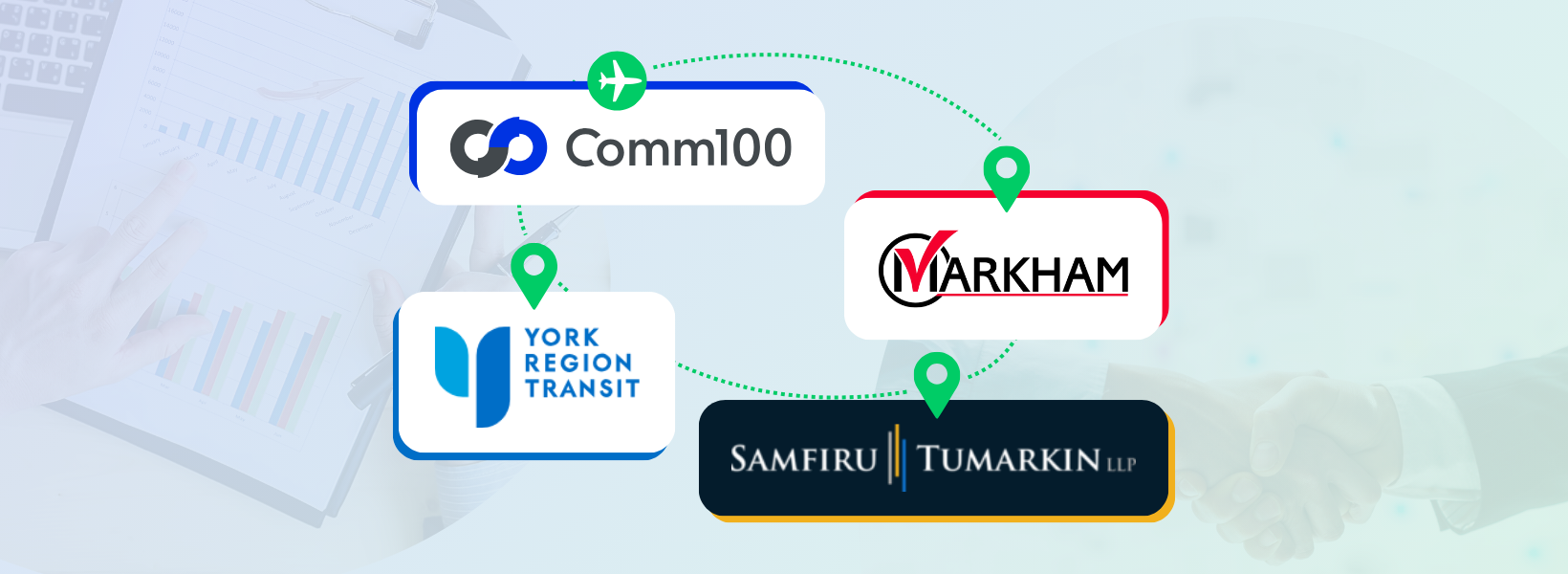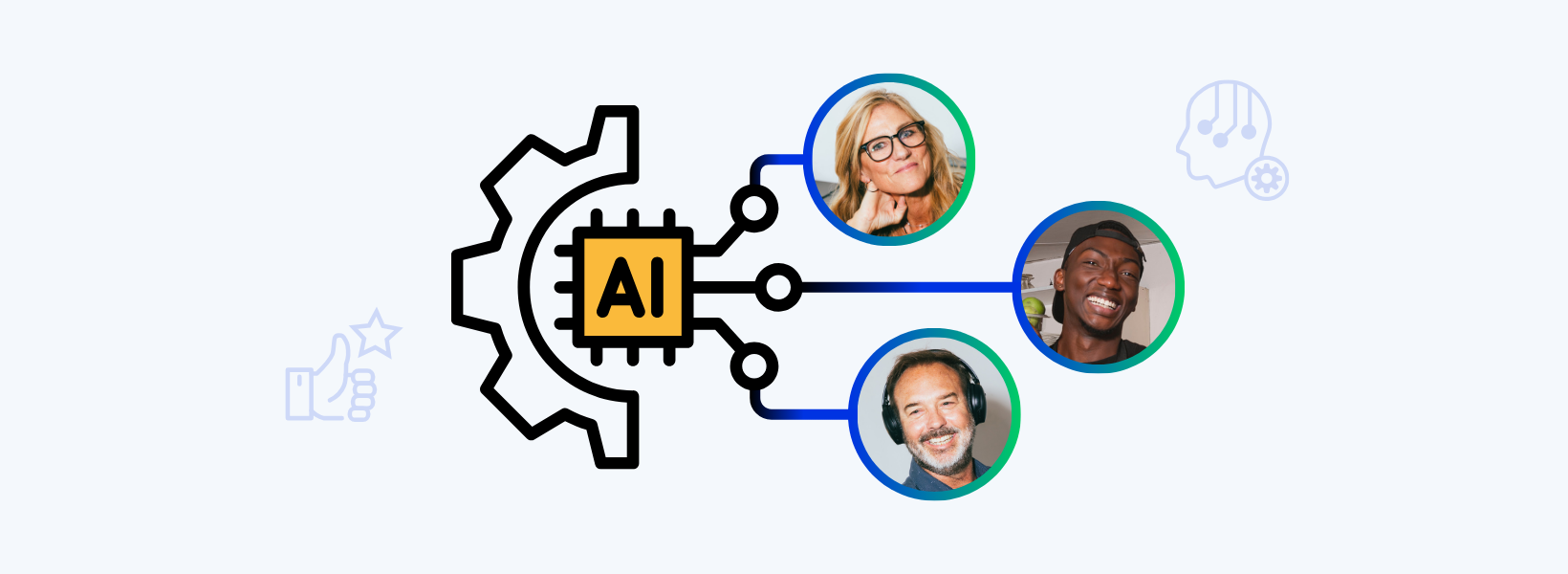Only 35% of customers are willing to wait 30-60 seconds for a response on live chat. For today’s consumer fast support is non-negotiable, and long wait times are unacceptable.
On the surface, these ‘lost’ customer engagements may not seem especially important, but their impact can go far beyond slight frustration. If a customer’s issue is not resolved and their voice is not heard, customer retention is at risk. Angry customers can even turn to social media to flame brands, harming the company’s image and impacting your bottom line.
And customers who are fed up with waiting can take this frustration out on your agents, wearing away at your agents’ morale, causing higher turnover rates, and increasing strain on your team. And perhaps more simply, a missed engagement could mean a missed sale.
So how can your team reduce wait times and give your customers the immediate attention they expect?
What not to do
Some managers will turn up the heat on their agents, enforcing strict targets and service level agreements (SLA) on handling time to keep conversations short. However, this can quickly lead to rushed conversations and negative customer experiences as agents focus more on the clock, and less on providing genuinely helpful support.
Interactive Voice Response (IVR) is often used to mitigate long wait times by routing callers to the appropriate agent or department, but this too can backfire. In a 2019 study conducted by Vonage, only 15% of respondents felt that IVR was conducive to positive CX. Additionally, a study by HubSpot shows that 98% of customers try to skip IVR completely.
What to do
It’s not all doom and gloom though! There are several tools any team can implement today that will help to reduce wait times and keep your customer service complaints to a minimum. And they’re all wrapped up in an easy-to-use omnichannel customer engagement platform.
1. The efficiencies of a connected omnichannel platform
The key to fast customer support lies in the connectivity of your digital channels and customer conversations. Jumping between platforms, hunting for customer information and previous chats across channels, passing customers between agents – these are all sure-fire ways to keep your customers waiting and slow down resolution time.
With an omnichannel customer engagement platform, every channel and the interactions within them are brought together into one unified console. When a customer reaches out, an agent no longer needs to hunt down information from conversation histories across different platforms (and even departments). The complete customer history with your company’s website, products, social media platforms, and customer service agents is all clearly displayed within the agent console, empowering them to reply faster and more accurately.
2. Intelligent agent tools
Intelligent omnichannel platforms also offer extra agent tools that accelerate response and resolution. For example, canned messages and keyboard shortcuts reduce the time-consuming work of crafting every response. An integrated knowledge base allows an agent to quickly search for and easily find the information they need to help the customer without even leaving the chat window.
Agent Assist, a type of agent-facing AI, takes this up a level by scanning the conversation in real time and providing agents with suggested answers. This keeps agents from having to search for answers, empowering them to deliver rapid-fire responses that have been vetted for accuracy. It can also help to speed up training new employees and with the rollout of product updates.
3. The ever-growing reliability of chatbots
Chatbots are the ultimate tool for reducing wait times. With an intelligent AI chatbot working across your live chat, social media, and SMS channels, a large portion of frontline support can be automatically managed and resolved without any human involvement. This helps to curb queues and wait times, while allowing agents to focus on more high-value customers and queries. Chatbots can also maintain an unlimited amount of simultaneous chats 24/7, relieving the burden off live agents and keeping customers happy.
“The bot has allowed us to not only effectively manage the increase in chat volume, but it’s also saved us a considerable amount of money by not having to hire a lot more agents.”
Richard Branson, COO of Tangerine
4. Automated agent scheduling
Integrated agent scheduling help keep your team organized with automatic shift alerts and proactive planned absences, which in turn can keep chat distribution streamlined and efficient.
5. Advanced queue management
A strong omnichannel platform enables intelligent distribution of chat requests. Queue management tools allow you to distribute chats to specific agents or departments according to a predetermined set of rules, enforce chat load limits for agents based on variables such as experience or ability, and set up redirect rules to back-up departments in case of overflow. All these tools keep queues from becoming unbearably long for customers. Learn more about how queue management maximizes handle time in our guide, Comm100 Live Chat Queue Management.
Wrap-up
Wait times are a real and present challenge for virtually every customer service team. Support channel proliferation and rising customer expectations further complicate matters. Tackle these challenges head-on with these 5 easy-to-implement tools – if your current solution doesn’t offer them, maybe it’s time to shop around!
These five tips for reducing wait time were taken from the eBook – Top 7 Customer Service Complaints & How Omnichannel Customer Engagement Resolves Them. Download the eBook below to find out the other key customer service complaints and how you can tackle them.
Top 7 Customer Service Complaints
How Omnichannel Customer Engagement Can Resolve Them
Download now
Ebook







